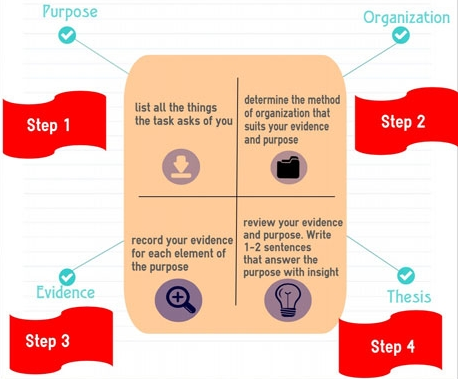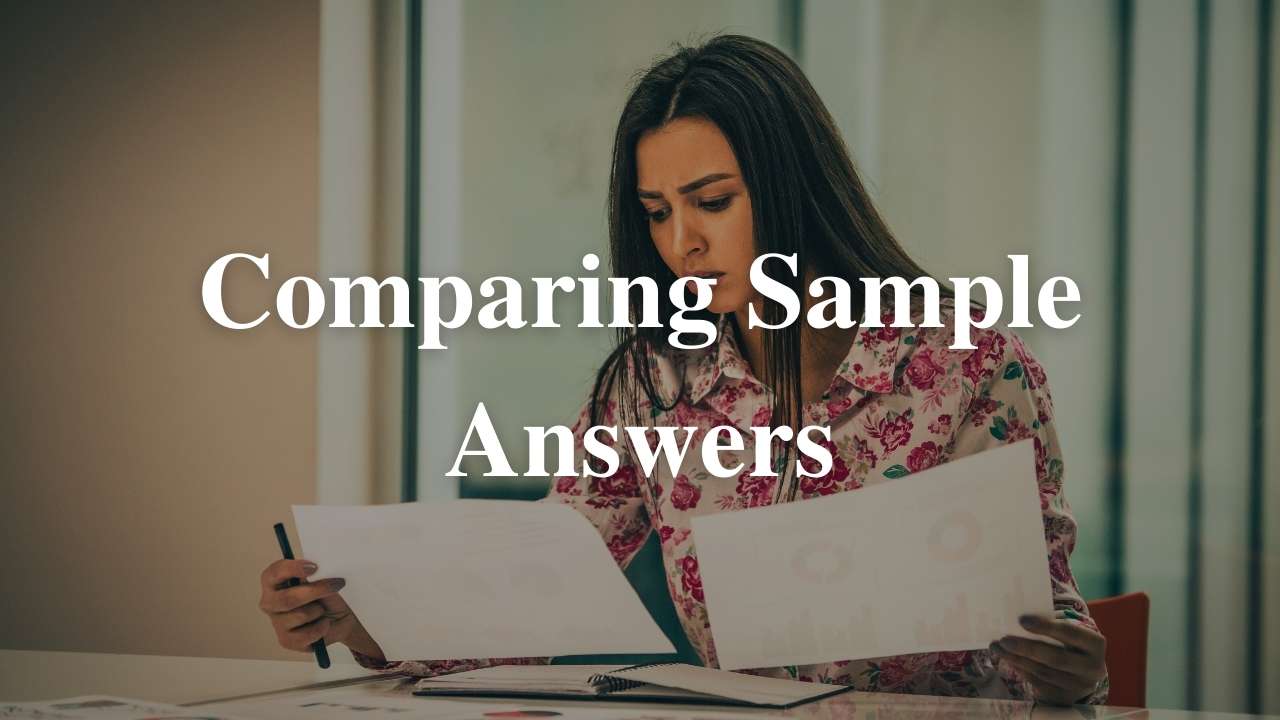One thing students often do not do well is plan for their extended response in HSC PDHPE exams. This article will look at POET for extended response, a basic model used to outline or plan an essay or extended response. You may have come across POET before in English or another subject. I am going to go through and propose a HSC PDHPE specific version.
POET stands for:
- Purpose
- Organisation
- Evidence
- Thesis
Purpose
First, you need to decide what the purpose of the piece of writing is. This always going to come from the question in the HSC PDHPE exam. You identify the purpose of your writing by identifying the verbs in the question (eg analyse, compare, describe, why, how, etc). You then should highlight the syllabus terms in the question, so you know what you are applying this verb to.
Organisation
Writing extended response requires you to have a system of organisation. Organisation exists at 2 levels, there is the organisation of the entire written response, and there is the organisation of each paragraph.
In the organisation of the overall written response, I would recommend using the syllabus dot points (in order if you can remember it). This then means that each dash or dot point gets its own paragraph. But you may also choose to use chronological order, which would be useful if you are asked to describe a process or something similarly time-based. You may also choose to work your way from more general information to more specific information.
When it comes to the organisation of your paragraph, I am a proponent of the SEAL (Statement, Expand, Apply, Link) structure, but many others exist. Some of you will be familiar with the ALARM matrix as an alternative or use PETAL in English. Which one you choose, does not necessarily matter, as long as there is clear structure and organisation, as it will help the marker to follow your main points or arguement.
Evidence
In order to achieve over 50% in an extended response, you need to have evidence. This evidence for HSC PDHPE is the use of your examples. Each of your paragraphs should have at least 1 example that backs up the point or demonstrates what you are talking about. There are other forms of evidence as well. You might site a piece of research, or refer to the most recent Australia’s Health publication. The important thing is that your evidence is linked with what you are saying in your writing.
Thesis
Before you begin to write you need to decide what YOU are going to say and argue. This is particularly important in questions that ask you to be critical or to argue a particular point. For example, when looking at the ethics around technology, you should decide on a particular arguement and present this arguement to the marker. To do this well, you must address both sides of the arguement, but you should still bring your viewpoint across strongly.
So, if you are asked “Has technology gone too far?” or “Has access to technology created unfair competition?” you should decide if it has or has not and then argue your case with evidence.
POET originated with Brian Sztabnik and a similar more generic English focused post can be found at Edutopia.






